A Comprehensive Guide to the Most Common Types of Wine
Navigating the world of wine can feel a bit like decoding a secret language filled with fancy accents and centuries-old traditions. The good news? You don’t need a sommelier certification to sip like a pro. Whether you’re a curious beginner or an enthusiastic sipper looking to level up, understanding the most common types of wine is the first step to discovering what you love (and why you love it).
In this guide, we’re breaking down the best-known wine types with zero judgment and lots of helpful intel. From bold reds to bright whites, bubbly sparklers to sweet dessert pours—we’ll cover essential wine varieties, flavor profiles, and food pairings. So grab your corkscrew or twist that cap, and get ready to dive into the delicious diversity of wine.
What Are the Most Popular Types of Wines?
Wine comes in a rainbow of colors, tastes, and textures, but at its core, it’s divided into several major categories. These include red, white, rosé, sparkling, and dessert wines. Each type offers its own unique charm, crafted to suit different occasions, moods, and meals.
Below, we’ll explore these types in detail, breaking them down further into specific varieties to help guide you through the essentials. Think of this as your flavor map to help you explore the wide world of wine with confidence.
Red Wines
Rich and complex, red wines are made from dark-skinned grapes and fermented with the skins, giving them their signature hue and tannins. From food-friendly Pinot Noir to powerhouses like Cabernet Sauvignon, there’s a red wine for every vibe.
Cabernet Sauvignon (pronounced ka-ber-nay-sow-veen-yawn)
Known as the “king of red grapes,” Cabernet Sauvignon is a favorite among wine lovers for its structure, complexity, and aging potential. While Napa Valley often steals the spotlight, wines like La Crema’s Sonoma County Cabernet Sauvignon prove that Sonoma County is equally capable of producing powerful yet elegant Cabernets.
- Color: Deep ruby.
- Key Flavor Notes: Black cherry, blackberry, cassis, coffee, tobacco, cedar, and herbs.
- Style/Body: Full-bodied with high tannins.
- Sweetness Level: Dry.
- Growing Regions: California, Bordeaux, Chile, Australia.
- Food Pairings: Grilled steak, beef vindaloo, barbacoa tacos, tandoori lamb chops, Thai beef salad, aged cheddar, and hearty stews. Try it with these recipes:
Pinot Noir (pronounced pee-no-na-whar)
Elegant and versatile, Pinot Noir is loved for its light body and fruit-forward character. Explore the various single-vineyard and regional expressions of La Crema Pinot Noir.
- Color: Light ruby.
- Key Flavor Notes: Ripe strawberry, raspberry, cherry, mushroom, rose petal, forest floor, and baking spices.
- Style/Body: Light to medium-bodied with silky tannins.
- Sweetness Level: Dry.
- Growing Regions: California, Oregon, Burgundy, New Zealand.
- Food Pairings: Salmon, lamb, moo shu pork, chicken tandoori, tacos al pastor, Thai red curry, mushroom dishes, roasted eggplant, brie, strawberries. Pair it with these recipes:
Merlot (pronounced mer-low)
Soft, plush, and effortlessly lovable, Merlot is the cashmere sweater of wines.
- Color: Medium to deep ruby.
- Key Flavor Notes: Plum, black cherry, chocolate, vanilla, and herbal undertones.
- Style/Body: Medium-bodied with smooth tannins.
- Sweetness Level: Dry.
- Growing Regions: California, Bordeaux, Chile, Washington, Italy.
- Food Pairings: Pasta Bolognese, mushroom risotto, grilled pork, beef kebabs, lamb tagine, or roasted chicken.
Syrah/Shiraz (pronounced seer-ah/shih-rahz)
Two names for the same powerful grape: Syrah in France, Shiraz in Australia. French Syrah tends to be more restrained, while Australian Shiraz leans bolder.
- Color: Dark purple.
- Key Flavor Notes: Blackberry, pepper, smoked meat, and leather.
- Style/Body: Full-bodied.
- Sweetness Level: Dry.
- Growing Regions: Rhône Valley, Australia, California, South Africa.
- Food Pairings: BBQ brisket, spiced lamb, grilled sausage, blue cheese.
Zinfandel (pronounced zin-fan-dell)
Perfect for lovers of bold, fruity wines with a hint of spice.
- Color: Dark red or garnet.
- Key Flavor Notes: Jammy raspberry, black cherry, black pepper, and licorice.
- Style/Body: Medium to full-bodied.
- Sweetness Level: Dry to off-dry.
- Growing Regions: California, Italy.
- Food Pairings: Spicy barbecue ribs, burgers, chili, or pizza with pepperoni and sausage.
White Wines
White wines offer everything from zesty and aromatic to creamy and full-bodied. They’re fermented without grape skins, which keeps things lighter in color and texture.
Explore La Crema White Wines »
Chardonnay (pronounced shar-dun-nay)
Chardonnay is often referred to as the winemaker’s grape due to its adaptability to various styles. Depending on how it’s made, Chardonnay can be crisp, mineral-driven, fruity, or rich. Discover the many single-vineyard and regional expressions of La Crema Chardonnay.
- Color: Pale straw to golden yellow.
- Key Flavor Notes: Apple, pear, citrus, vanilla, butter, and oak (if aged).
- Style/Body: Medium- to full-bodied.
- Sweetness Level: Dry.
- Growing Regions: California, Burgundy, Australia, Chile, South Africa.
- Food Pairings: Roast or butter chicken, scallops, pork loin, Havarti cheese, almonds, risotto, and dishes with creamy, buttery, or pesto sauces. Create your perfect pairing with these ideas:
Sauvignon Blanc (pronounced soh-vin-yohn-blahnk)
Bright, zippy, and herbaceous, Sauvignon Blanc is like summer in a glass. La Crema Sonoma County Sauvignon Blanc is crisp and vibrant with beautiful texture from barrel fermentation and a juicy, lingering finish.
- Color: Pale yellow with a greenish hue.
- Key Flavor Notes: Lime, green apple, tropical fruit, fresh-cut grass, and minerality.
- Style/Body: Light-bodied with crisp acidity.
- Sweetness Level: Dry.
- Growing Regions: New Zealand, California, Loire Valley, Chile.
- Food Pairings: Goat cheese, paneer tikka, spring rolls, stir-fried vegetables, salads, sushi, ceviche, shellfish, Thai food.
Pinot Gris/Grigio (pronounced pee-noh gree / gree-zhee-oh)
Same grape, two styles. “Gris” is richer, “Grigio” is crisper, and both are ultra-refreshing. La Crema Monterey Pinot Gris brims with flavors of Meyer lemon and nectarine, followed by fresh, multilayered acidity.
- Color: Pale straw.
- Key Flavor Notes: Pear, melon, lemon, almond.
- Style/Body: Light to medium-bodied.
- Sweetness Level: Dry to off-dry.
- Growing Regions: Italy, Oregon, California, Alsace.
- Food Pairings: Shrimp, chicken salad, light pasta, sushi.
Riesling (pronounced reez-ling)
An aromatic white that ranges from bone-dry to lusciously sweet.
- Color: Pale yellow.
- Key Flavor Notes: Peach, apricot, honey, jasmine, lime.
- Style/Body: Light-bodied.
- Sweetness Level: Dry to sweet.
- Growing Regions: Germany, Washington, New York, Alsace.
- Food Pairings: Spicy food, pork, soft cheeses, pad Thai, samosas, miso soup.
Chenin Blanc (pronounced shen-in blahnk)
A chameleon grape that can go dry, sweet, still, or sparkling.
- Color: Pale straw.
- Key Flavor Notes: Apple, honey, quince, chamomile.
- Style/Body: Light to medium-bodied.
- Sweetness Level: Dry to sweet.
- Growing Regions: Loire Valley, South Africa, California.
- Food Pairings: Roast or teriyaki chicken, vegetable biryani, mild curries, creamy cheeses, seafood.
Rosé Wines
Pretty in pink, rosé gets its signature blush color from briefly fermenting red grape juice with the skins. Rosés range from dry and mineral to fruity and floral, and they’re as chic as they are drinkable.
- Color: Pale pink to deep salmon.
- Key Flavor Notes: Strawberry, watermelon, citrus, rose petal.
- Style/Body: Light to medium-bodied.
- Sweetness Level: Usually dry.
- Growing Regions: Provence, California, Spain, Italy.
- Food Pairings: Tapas, grilled veggies, prosciutto, summer salads.
Sparkling Wines
Sparkling wines bring the fizz, the festivity, and yes, the fabulousness. From Champagne to Cava to California bubbles, there’s a sparkler for every occasion.
Explore La Crema Sparkling Wines »
- Color: Pale gold to pink.
- Key Flavor Notes: Green apple, citrus, brioche, almond.
- Style/Body: Light-bodied.
- Sweetness Level: Brut (dry) to Doux (sweet).
- Growing Regions: Champagne, California, Italy, Spain.
- Food Pairings: Oysters, fried chicken, popcorn, celebration cake.
Dessert Wines
Sweeter than your average pour, dessert wines like Port, Sauternes, and Moscato are the grand finale of your wine journey. They’re rich, luscious, and crafted for sipping slowly.
- Color: Deep amber to golden yellow.
- Key Flavor Notes: Honey, fig, raisin, apricot, caramel.
- Style/Body: Full-bodied.
- Sweetness Level: Sweet.
- Growing Regions: France, Germany, California, Portugal.
- Food Pairings: Blue cheese, fruit tarts, crème brûlée, dark chocolate.
How to Choose the Right Wine for You
Consider Personal Taste, Occasion, and Food Pairings
Not sure where to start? Think about what you already love—fruity flavors, bold aromas, or something crisp and clean? Your personal taste is your North Star.
Also consider the occasion. Are you sipping solo? A full-bodied Cabernet or Chardonnay could be lovely. Toasting at a party? Raise a glass of bubbly or a pretty rosé.
Finally, what are the flavors and textures of the dishes you’ll be serving the wine with? Match lighter wines with lighter, delicate dishes and bolder wines with heavier, robust fare. Is the dish spicy? Opt for a fruit-forward wine, like Pinot Noir or Riesling, which will help tame the heat. Serving a rich, fatty steak? Cabernet is your friend. Match sweet desserts with sweet wines, such as an off-dry Riesling with apple pie or Port with chocolate cake. When in doubt, choose sparkling wine, as it goes with almost anything!
Explore and Experiment
Don’t hesitate to step out of your comfort zone by exploring new varieties. You have nothing to lose and quite possibly a new favorite wine to gain! A wine tasting party or visit to a vineyard can make this process even more enjoyable.
Find Your Perfect Pour with La Crema Wines
From bold reds and crisp whites to rosés, bubbles, and dessert wines in between, the world of wine is vast and exciting. The more styles you try, the more you’ll understand what makes your palate purr.
At La Crema, we’re proud to offer a thoughtfully curated collection of wines—from beloved classics to elegant innovations. (Did we mention we’re Winery of the Year? Just saying.)
Ready to put what you just learned into action? Explore your next favorite glass!
FAQs
What’s the difference between a red and a white wine?
Red wine is made with dark-skinned grapes and fermented with skins, which gives it its red color and tannins. White wine is typically made with green or yellow grapes and is fermented without skins (Note: it is possible to make a white wine from red grapes, such as a white Pinot Noir or a “Blanc de noirs” sparkling wine, by pressing the grapes off their skins prior to fermentation). Fun fact: red wine lightens in color as it ages, while white wine deepens.
What does “varietal” mean in wine?
A single varietal is a wine made primarily from a single grape variety—like Chardonnay or Merlot. A varietal blend, like a Bordeaux varietal wine, is made from two or more grapes.
Are all sparkling wines Champagne?
Nope! Only sparkling wines from the Champagne region of France can legally be called Champagne. Other sparkling wines include Cava (Spain), Prosecco (Italy), Crémant (everywhere else in France but Champagne) and Sekt (Germany).
Can you age white wine like red wine?
Some whites (like oaked Chardonnay) can age, but most are best enjoyed young and fresh.
What’s the best wine for beginners?
Try Pinot Noir, Sauvignon Blanc, or rosé. They’re easy-drinking and food-friendly.
What’s the difference between Old World and New World wines?
Old World wines typically refer to wines from Europe (like France, Italy, or Spain), where they have been making wine for thousands of years. These wines tend to be earthier and lower in alcohol. New World wines refer to wines from relatively newer winemaking regions outside of Europe (like California, Argentina, or Australia). These wines tend to be fruitier and bolder. However, climate change is blurring this distinction. Rising temperatures are leading traditional cool-climate regions, like parts of France and Germany, to produce riper, fruit-forward wines reminiscent of New World styles. Meanwhile, typically warm regions, such as Australia or California, are adapting by harvesting earlier or exploring cooler vineyard sites to preserve acidity and balance.
How do I start exploring different types of wine?
Taste across the styles, take notes, and don’t be afraid to ask questions or try new regions.
How should I store my wine at home?
Store bottles in a cool, dark place with consistent temperature (around 55°F) —preferably on their side if corked.

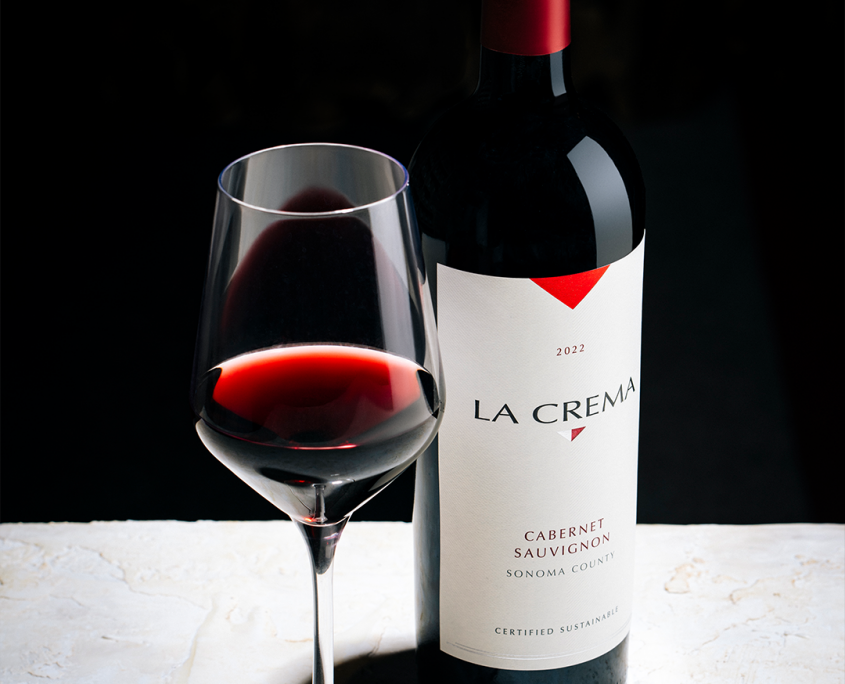
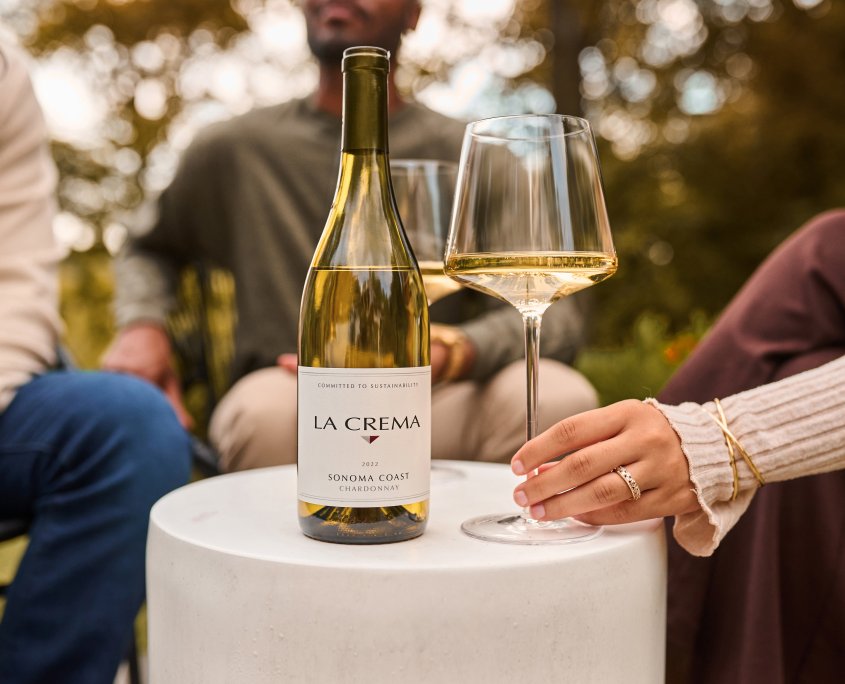
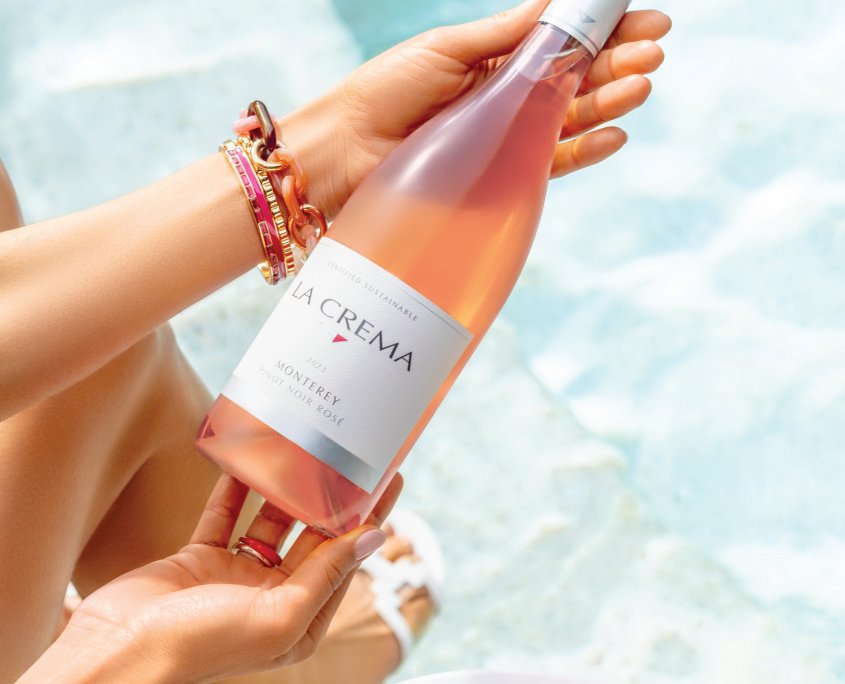
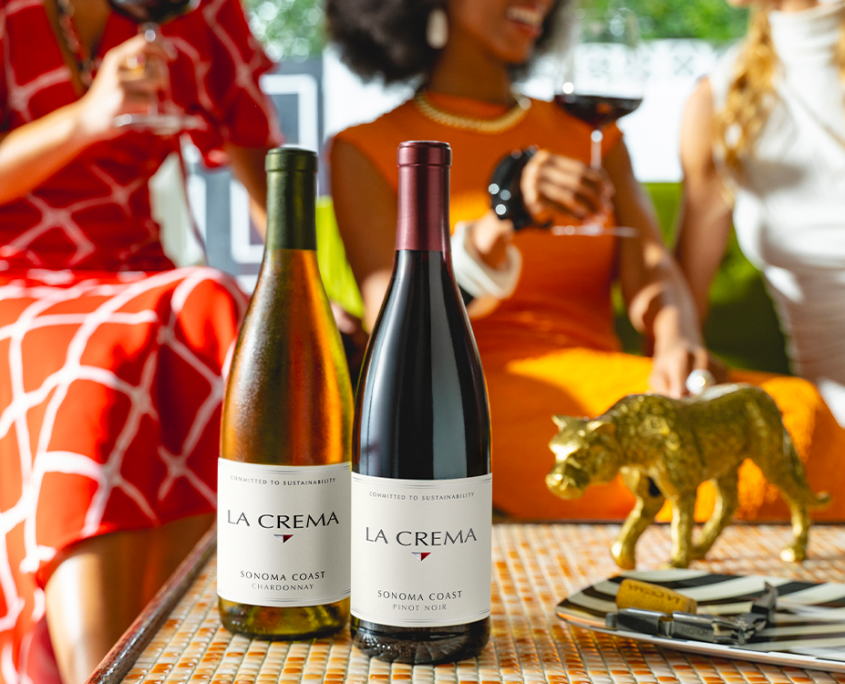

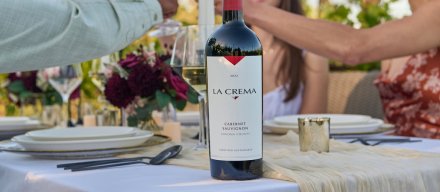

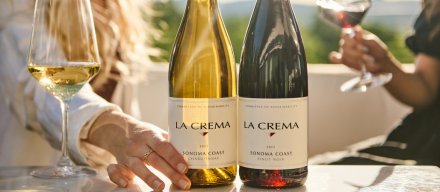
Comments